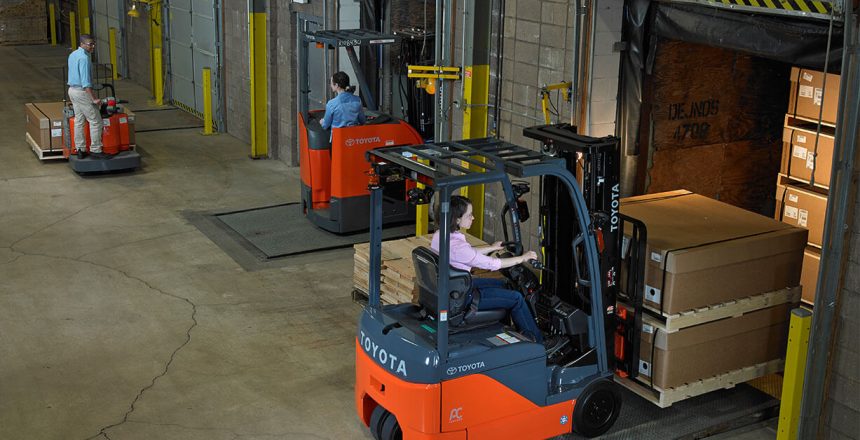
Cross-docking is a logistic strategy that involves transferring goods directly from an incoming truck to an outgoing truck without storing them in a warehouse. This approach to logistics management can help companies improve their delivery time, reduce the cost of inventory management, and increase the efficiency of their supply chain operations. However, like any other logistic strategy, cross-docking also has its own set of challenges that must be addressed in order to maximize its benefits.
Benefits of Cross-Docking
- Faster Delivery Time
One of the main benefits of cross-docking is that it helps to reduce delivery time. By bypassing the need to store goods in a warehouse, companies can save time and deliver products to customers faster. This can be particularly beneficial for businesses that need to meet tight delivery deadlines or for products that are perishable or time-sensitive.
- Reduced Inventory Costs
Cross-docking also helps companies reduce their inventory costs. By not storing goods in a warehouse, companies can eliminate the need for additional storage space, which can be expensive. This can result in cost savings in terms of rent, utilities, and labor.
- Increased Efficiency
Cross-docking can also help to increase the efficiency of a company’s supply chain operations. By eliminating the need to store goods in a warehouse, companies can reduce the time and resources required to move goods from one location to another. This can result in reduced lead times and improved customer satisfaction.
Challenges of Cross-Docking
- Complex Coordination
One of the main challenges of cross-docking is the complexity of coordinating the various components of the process. This requires companies to have a clear understanding of their supply chain operations, including their delivery schedules, product flows, and transportation routes. If any one of these elements is not properly coordinated, the entire cross-docking process can break down.
- Risk of Damaged Goods
Another challenge of cross-docking is the risk of damaged goods. Because goods are not stored in a warehouse, they are more vulnerable to damage during transit. This can result in increased costs for companies in terms of product replacements and customer complaints.
- High Logistic Costs
While cross-docking can help to reduce inventory costs, it can also result in higher logistic costs. This is because the process requires a high level of coordination and the use of specialized equipment and technology. This can result in increased operational costs for companies, particularly for small or medium-sized businesses.
Conclusion
Cross-docking is a powerful logistics strategy that can help companies improve their delivery time, reduce the cost of inventory management, and increase the efficiency of their supply chain operations. However, like any other logistic strategy, cross-docking also has its own set of challenges that must be addressed in order to maximize its benefits. Companies that want to take advantage of cross-docking must be prepared to invest in the necessary technology and resources to ensure the process runs smoothly and efficiently.
Order Cross Docking Labor Services Now!
Get in touch with us to arrange for your next service
Share this post with your friends
Recent Posts
- The Role and Significance of Lumpers in the Logistics and Supply Chain Industry
- Navigating the Ripple Effect: How the China Logistics Market Shapes North America’s Supply Chain Dynamics
- Enhancing Efficiency at Amazon Distribution Centers with LumperHQ
- Things to do in Atlanta
- Case Studies: Success Stories in Lumper Service Optimization
